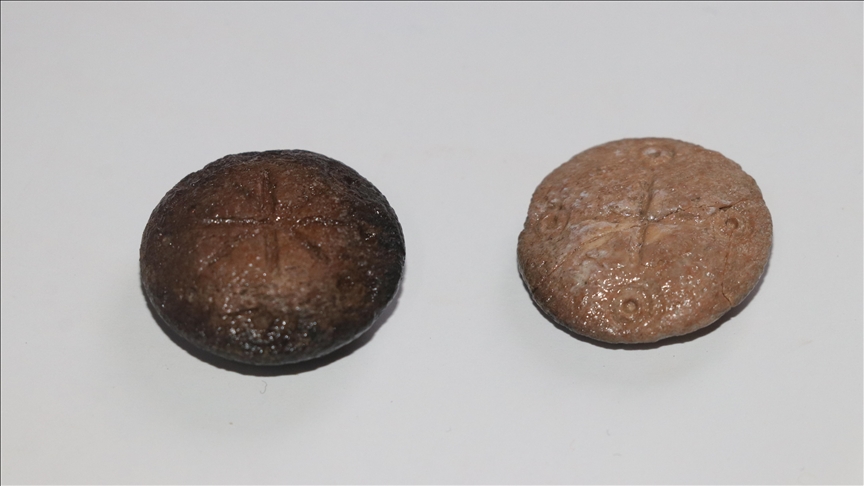
In Türkiye, stones belonging to a military strategy game played by Roman soldiers have been found
Turkish archaeologists have discovered stones belonging to a military strategy game played among Roman soldiers in the 5th century AD.
The discovery occurred during excavation work at the ancient city of Hadrianopolis in the Eskipazar district of Karabük. The finding of the strategy game stones confirms that Hadrianopolis hosted a Roman military garrison during that period.
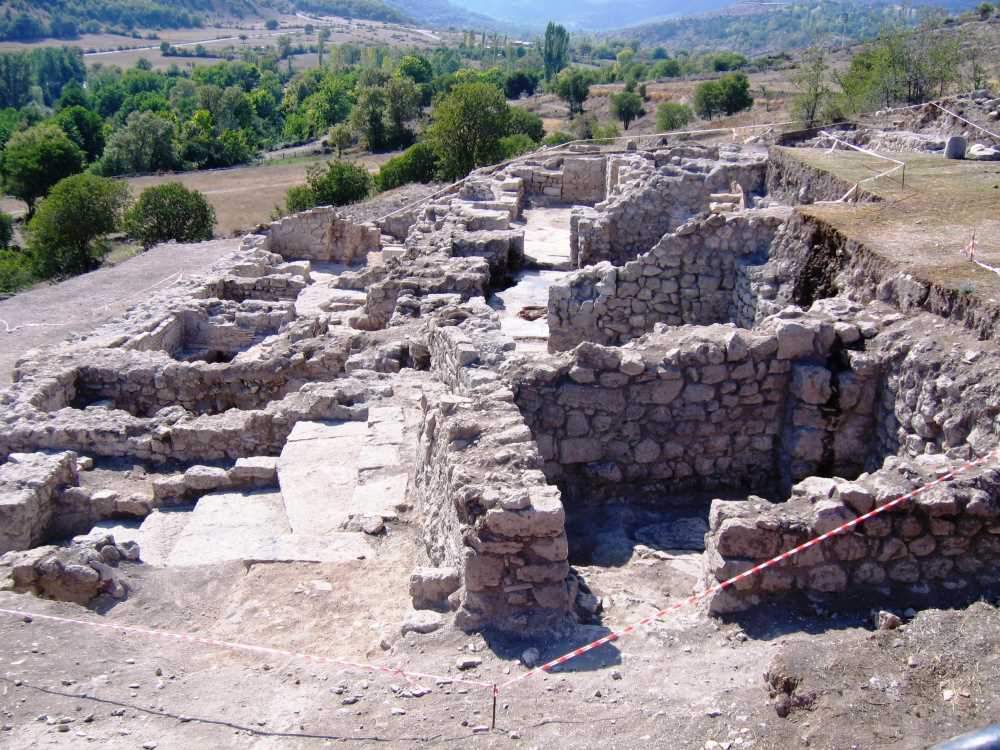
The ongoing excavations at the ancient city of Hadrianopolis, part of the “Heritage for the Future” project, are being led by Assoc. Prof. Dr. Ersin Çelikbaş from the Department of Archaeology at Karabük University.
The ancient city, also known as the “Zeugma of the Black Sea” due to the mosaics uncovered, was used as a settlement during the Late Chalcolithic, Roman, and Early Byzantine periods.
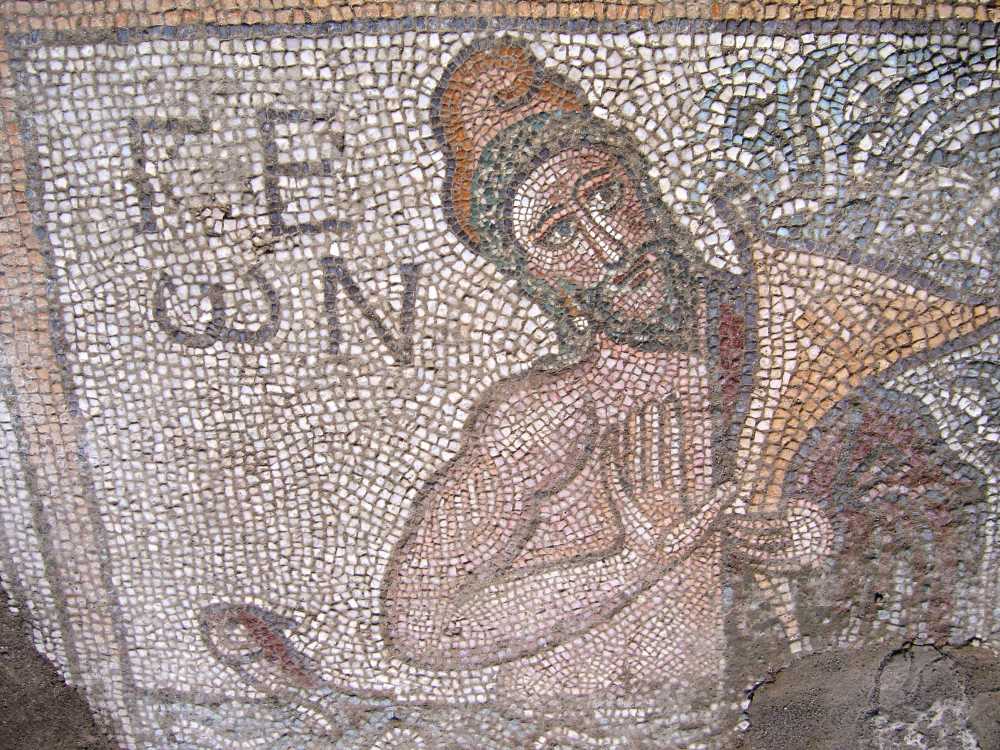
The excavation team has uncovered various structures to date, including two baths, two churches, a defensive structure, rock tombs, an inner castle, an underground rock settlement, a fountain structure, an arched building, a monumental cult niche (a recess in the wall), walls, villas, other monumental buildings, and several cult (sacred) areas.
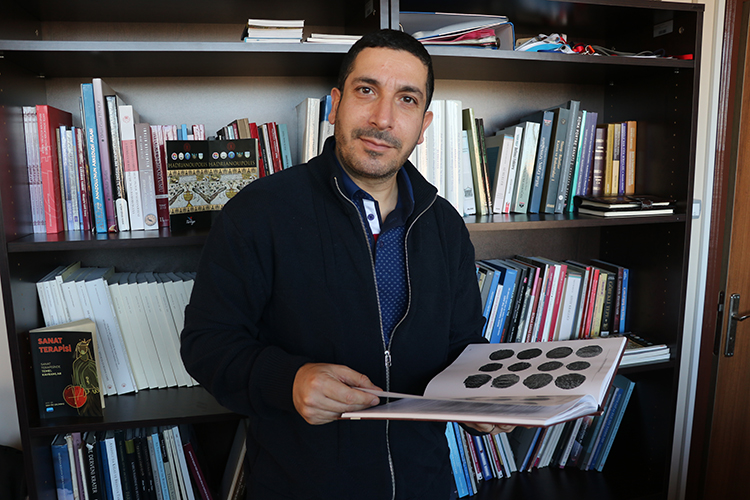
Excavation Director Ersin Çelikbaş recently reported that they found two game pieces, stating, “These bone objects are lentil-shaped and disk-like. One stone has a four-armed symbol, while the other has an eight-armed symbol. These symbols indicate that the stones could indeed be game pieces.”
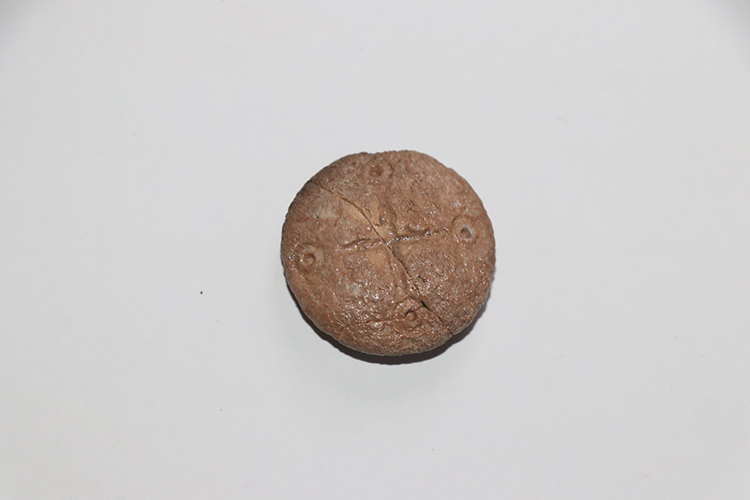
Such findings confirm the presence of a Roman military garrison in the city.
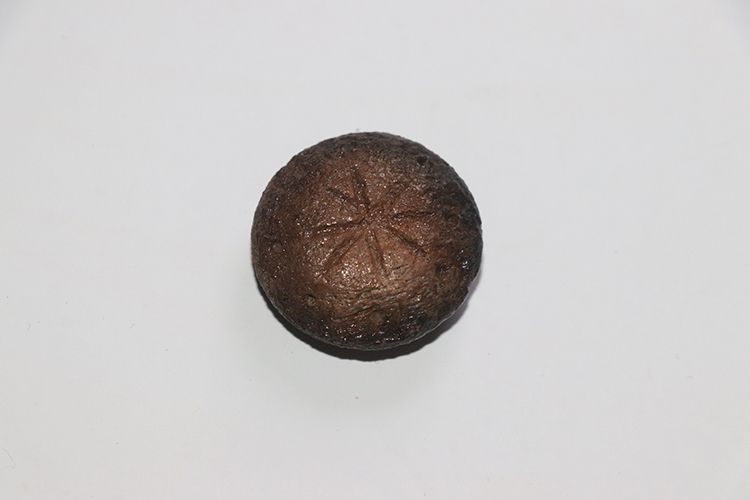
Çelikbaş added, “The emergence of strategy games in Hadrianopolis further solidifies the existence of a military unit here, as it is known that strategy games played with bone pieces in ancient times include ‘Ludus Latrunculi‘ and ‘Dodecim Scripta.’ Both games are based on strategic principles. Ancient cities where these games emerged are frequently found in Anatolia as well. It is also known that these games were popular among soldiers. These types of findings strengthen the evidence that a military unit existed in Hadrianopolis for many centuries. The presence of a Roman headquarters and a Roman unit in Hadrianopolis from the 2nd to the 5th century AD is clearly supported by these discoveries. Our work continues, and we believe we will reach significant findings by 2025.”
You may also like
- A 1700-year-old statue of Pan unearthed during the excavations at Polyeuktos in İstanbul
- The granary was found in the ancient city of Sebaste, founded by the first Roman emperor Augustus
- Donalar Kale Kapı Rock Tomb or Donalar Rock Tomb
- Theater emerges as works continue in ancient city of Perinthos
- Urartian King Argishti’s bronze shield revealed the name of an unknown country
- The religious center of Lycia, the ancient city of Letoon
- Who were the Luwians?
- A new study brings a fresh perspective on the Anatolian origin of the Indo-European languages
- Perhaps the oldest thermal treatment center in the world, which has been in continuous use for 2000 years -Basilica Therma Roman Bath or King’s Daughter-
- The largest synagogue of the ancient world, located in the ancient city of Sardis, is being restored











Leave a Reply